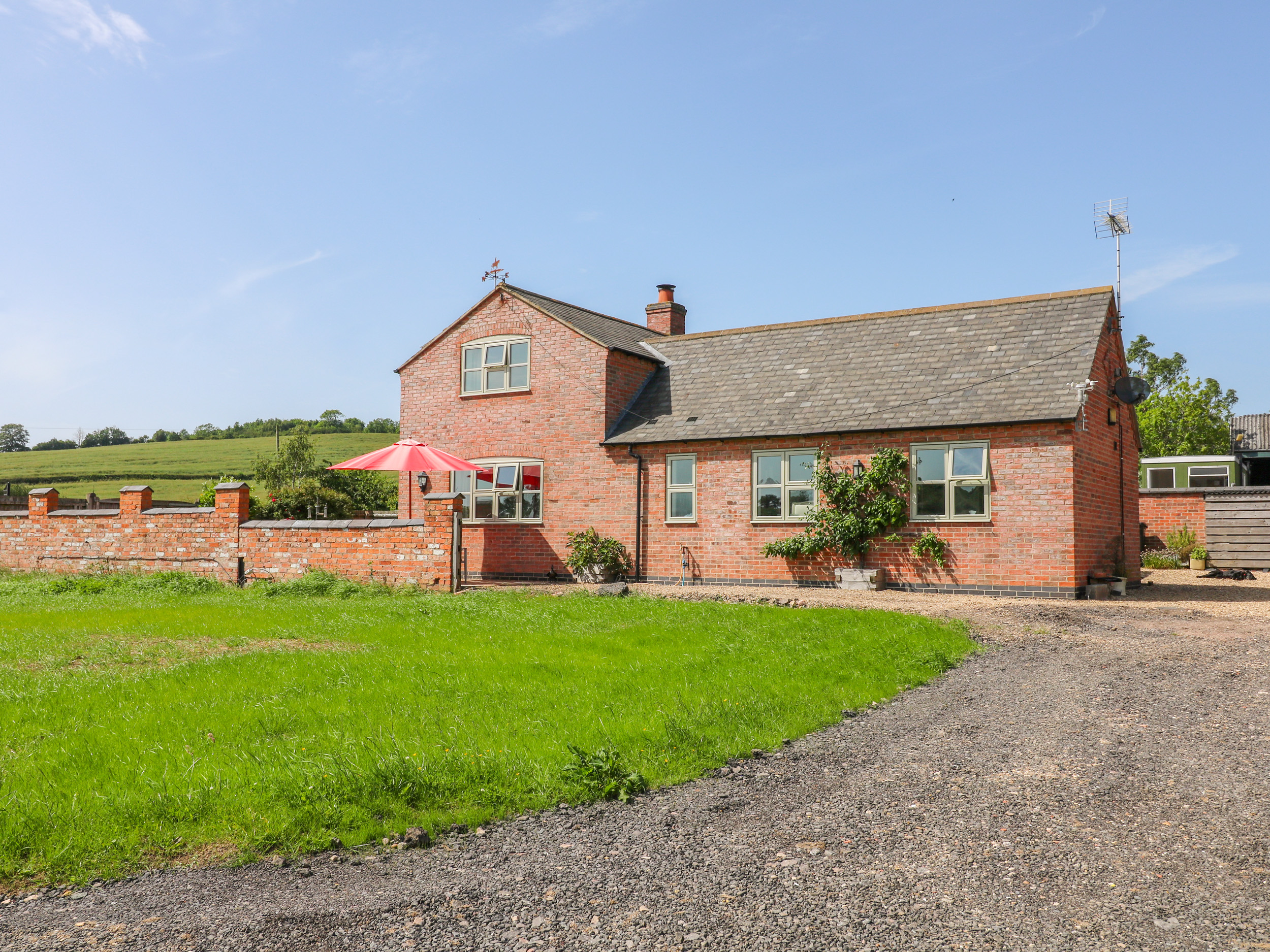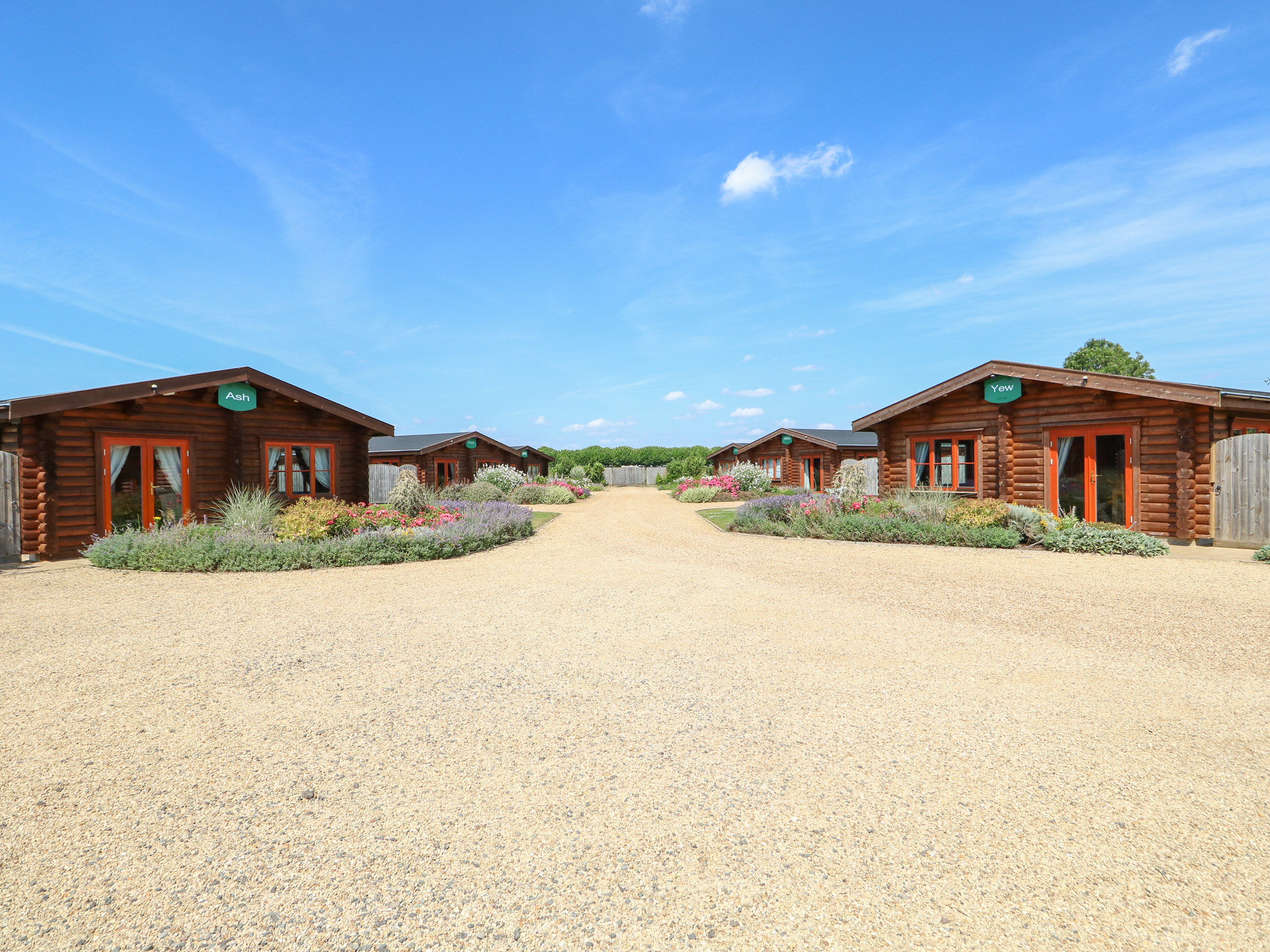Lyddington Bede House
At the heart of the beautiful ironstone village of Lyddington in Rutland, England’s smallest county, lies Lyddington Bede House. This Grade I listed house set beside St. Andrew’s Church was once a wing of a medieval palace owned by the Bishops of Lincoln. After the reformation in the 16th century, the palace became a private home before being converted to an almshouse in the 1600’s. It remained an almshouse for over three hundred years.
Lyddington village dates from Saxon times and got itself a mention in the Doomsday Book from 1086. What was once a small quiet village became a place of great importance when the Bishops of Lincoln decided to build a palace here in the 13th century. Fairs and markets were held in Lyddington and the village began to rival many of the larger local towns. The rivalry between the village and surrounding towns often erupted into violence and it is reported that at one Lyddington fair in 1366 an “armed force” from nearby Uppingham killed one man and assaulted the sheriff before chasing the market stall holders away.
 Lyddington Village Sign © essentially-england.com
Lyddington Village Sign © essentially-england.com Lyddington Village Cross © essentially-england.com
Lyddington Village Cross © essentially-england.comToday, all that reminds us of Lyddington's right to hold markets is the stump of a cross on the village green. This is believed to be the original medieval village cross that would have identified the site of the market and fairs. It was re-erected in August 1930 after sitting in a builder’s yard for almost one hundred years. I wonder what stories it could tell us of the events that occurred around seven hundred years ago!
Buried under the cross is a time capsule containing village information for future generations to discover.
 Lyddington Bede House © essentially-england.com
Lyddington Bede House © essentially-england.comA Brief History
Of Lyddington Bede House
The largest bishopric in medieval England belonged to the Diocese of Lincoln and extended from the Humber Estuary in northern Lincolnshire to the River Thames in the south. The bishop and his entourage would have travelled around their diocese and required places to rest and entertain.
Bishop Remegius acquired a manor house in Lyddington in 1085 and it was recorded that religious men were here in the early 1200’s. In the early to mid-14th century, the manor house was significantly rebuilt, with further alterations made in the 15th and early 16th centuries.
 Lyddington Bede House © essentially-england.com
Lyddington Bede House © essentially-england.comAs the bishop was of Roman Catholic faith, the palace was taken on behalf of King Henry VIII after the reformation, partially destroyed, and passed onto the Cecil family.
Around 1600, Sir Thomas Cecil, 1st Earl of Exeter and son of Lord Burghley, modified what remained of the bishop’s palace into an almshouse for twelve needy men who all had to be free of lunacy, leprosy, and French pox.
Each man was given a small room with window and tiny fireplace for heating. The room would have been very simply furnished.
 Bishop's Lookout and St. Andrew's Church in Lyddington © essentially-england.com
Bishop's Lookout and St. Andrew's Church in Lyddington © essentially-england.comIn return for their accommodation, the twelve men were to say prayers for the souls named on a bede-roll or on a string of bedes, hence the name bedesmen.
Some of the last residents of Lyddington Bede House were George and Sophie Manton. George was born in the village in 1869 and was a local labourer.
St. Andrew’s
Church
 St. Andrew's Church © essentially-england.com
St. Andrew's Church © essentially-england.comThe Bishop of Lincoln's legacy isn't restricted to his palace. His influence is equally apparent in the village church.
The oldest parts of the current St. Andrew’s Church are the chancel and tower and both date from the 14th century. The date would suggest that the church was rebuilt at the time the Bishop of Lincoln almost completely rebuilt the palace. Maybe he wanted something more in keeping with his status than a village church?
The nave and aisles were modified between 1475 and 1500. The church was restored in 1899 and was given a new roof. Inside, the plaster on the chancel walls was removed and the old box pews replaced.
St Andrew's church has several unusual features such as: -
The Altar/Communion Table and Rails
In 1633 there was a dispute over the positioning of the altar or communion table and rails. After the reformation, churches were allowed to place the altar at the east end or centre of the chancel. However, Archbishop Laud of Canterbury gave instructions that all altars should be at the east end with rails between the altar and chancel. Here you can see that Bishop Williams of Lincoln did not follow orders and within his diocese the altars were to be at the east end and railed on all four sides.
 Inside St. Andrew's Church © essentially-england.com
Inside St. Andrew's Church © essentially-england.comThe Acoustic Jars in the Chancel Wall
Up high within the Chancel walls are six horizontal earthenware jars or tubes. Their function is to improve the resonance and help project the voice during services. They are believed to be from the 15th century, but the idea comes from ancient Greek and Roman theatres.
The Wall Paintings
There are some fine, coloured wall paintings from the 15th century across the chancel arch, and on the nave walls.
The Rood Screen
The rood screen is thought to be the original screen from the 15th century. There are traces of coloured paint on either side of the screen which appear to be cornflowers and saint figures.
Other things to look out for are the brasses by the altar steps, the carved coffin lids in the porch, and the grotesques decorations.
 The Altar in St. Andrew's Church © essentially-england.com
The Altar in St. Andrew's Church © essentially-england.comWhile in
Lyddington, it’s worth walking around this attractive village. Apart from beautiful houses, you can find the groundworks for the medieval fishponds belonging to the palace in the
field northeast of Lyddington Bede House.
For more information about opening times and events please visit the English Heritage website here.
Other historic sites close by include the Welland Viaduct, Kirby Hall, Rockingham Castle, Burghley Hall, and Apethorpe Palace. We combined our visit to Lyddington Bede House with a walk from Harringworth to see the England’s longest masonry railway viaduct.
 Lyddington in Rutland © essentially-england.com
Lyddington in Rutland © essentially-england.comPlaces to Stay in Rutland
If you need to find a hotel, then try one of these search platforms...
For more things to do in Rutland return to the Things to do in England page here.



